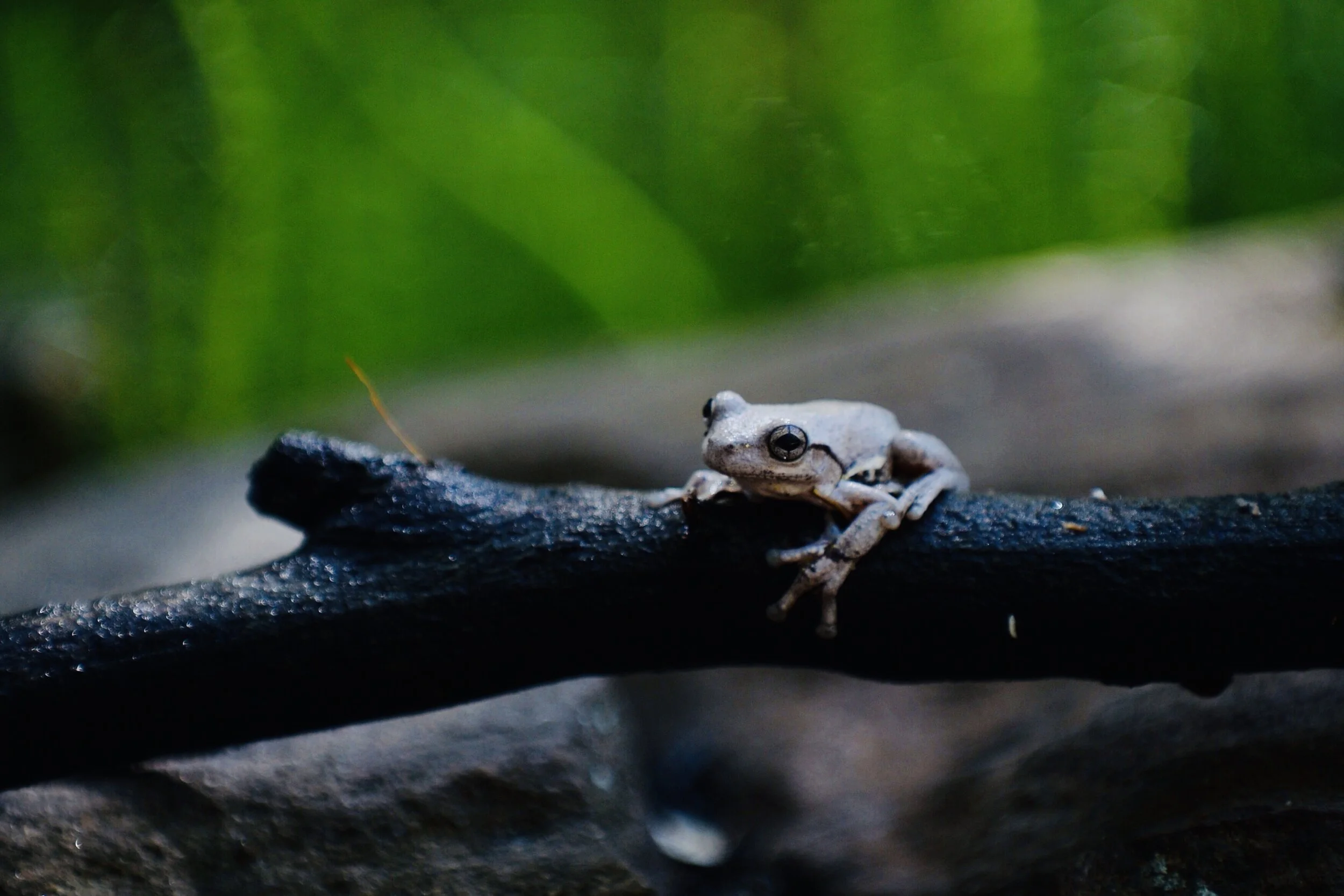The 2019-20 bushfires in New South Wales (NSW) have been unprecedented in their extent and intensity. As of 10 January 2020, the fires in NSW have burnt 5.128 million hectares (6.4% of the state), including 2.539 million hectares in national parks (34.5% of the state’s national park estate).
Fire fighting mission saves prehistoric pines
80% of Blue Mountains affected by fires
Yes, native plants can flourish after bushfire.
How predators respond during fires
As climate change continues, large, intense, and severe fires will become more common. But what does this mean for animals living in fire-prone environments? New research published in the Journal of Animal Ecology looked at studies from around the world to identify how predators respond to fire.
Tricks animals use to survive bushfires
How Aboriginal people experience fire crisis
Fires push 20 species closer to extinction
It's miraculous: owners say cultural burning saved their property
Three weeks ago, Phil Sheppard and other owners were forced to evacuate their property, helplessly watching online as the Gospers Mountain fire converged with the Little L Complex fire and appeared to engulf the property. To his amazement, when he returned two days later, traversing the long gravel driveway on foot after fallen trees blocked vehicle access, most structures remained perfectly intact. Owners say the property was saved by the traditional Indigenous technique of cultural burning conducted on their land three years ago.













